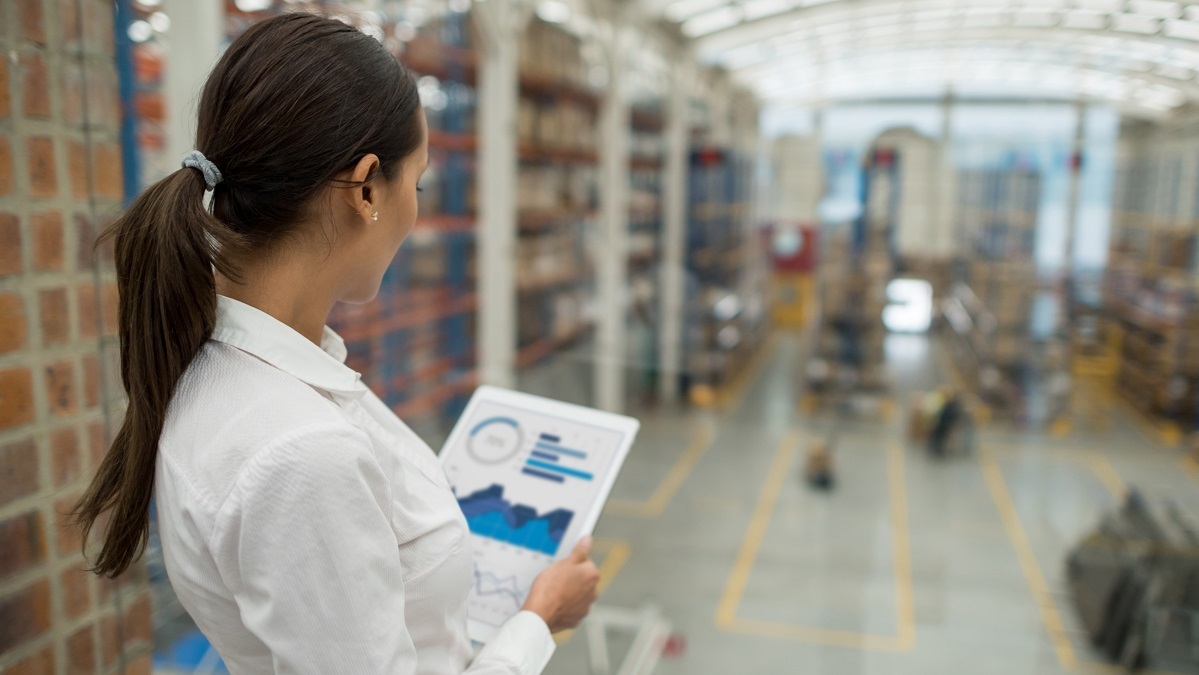Digitising facilities management

Digitised facilities management involves the use of integrated digital systems to automate facilities management functions. This can include management issues such as premises sourcing, lease management and move management. More often, though, it involves operational issues such as space planning, predictive maintenance and energy management. In addition, it can also involve using the data from operational processes to manage portfolios of buildings by comparing efficiencies and looking for opportunities. Currently, almost half (48 per cent) of facilities managers are missing out on the benefits of digital technology, according to research by Mitie. And more worryingly, just 7 per cent of facilities managers say they are constantly seeking to identify, trial and implement new technology solutions to stay ahead of the curve.
Benefits of digital facilities management
And yet digital technology offers huge opportunities for facilities management. One area likely to be highly impacted by digital technology is security and access control. Remote monitoring of buildings can be highly cost-efficient as well as allowing rapid incident response. As a result of the Covid-19 pandemic, remote monitoring may be a requirement in some circumstances – for instance, when offices and factories are mothballed. And even when more normal working patterns are resumed it is possible that work buildings will be emptier in the future, with some areas unused for long periods or with buildings empty for more days in the week. But the opportunities in digitals services go well beyond security.
Maintenance services
A great deal of facilities management work can be made more efficient, even automated, through digital technology. From simple things such as identifying fused lightbulbs to more complex requirements such as the predictive maintenance of key machinery such as lifts and air conditioning, the use of digital sensors and information provides increased transparency, faster workflows and, crucially, the opportunity to collect and analyse data about maintenance in order to spot trends and compare efficiencies in different parts of a building or across portfolios.
Operational efficiency
Business operations can be optimised by monitoring building usage to obtain information such as when and how many employees are in an office. This allows you to capture data that was previously untracked, or at best kept in hard-to-analyse paper systems. And this data can be used to promote your organisation’s goals and priorities. For example, office space can be reduced, unnecessary lifts taken out of operation, or heating turned down in unused parts of a building. It might even be possible to create new revenue streams by renting out unneeded office, warehouse or parking space.
Energy and sustainability
Using digital technology facilities managers can increase the energy efficiency and sustainability of the buildings they manage. Energy management systems can monitor how buildings are used and provide energy for specific occupants, where necessary (for instance with heating or cooling) using predictive analysis to ensure environments are comfortable as people arrive in them (and not before or after).
Employee productivity and retention
Many employees have become used to the comforts of working from home. As we, or at least some of us, return to more familiar work routines where we travel to a place of employment, we are likely to have increased expectations of what should be provided. Organisations that fail to meet those expectations are likely to lose talent rapidly. Digitised facilities management can however assist with the retention of staff, by making workplaces more comfortable and desirable locations. In addition, allowing employees to use mobile phone apps can enable them to control elements of their immediate environment, such as temperature and lighting, an ability that, as well as reducing energy waste, gives them increased wellbeing. Digital technology can also maximise productivity, by ensuring that the work environment is safe and comfortable. Something as simple as a badly targeted stream of cold air from an air conditioning unit can cause considerable irritation and a loss of concentration. Convenience can also be increased, with digital systems allowing for instance easy ways of managing meetings or finding colleagues or visitors.
Knowledge, and a new mindset
Many facilities management teams are poorly equipped when it comes to identifying technological opportunities. According to the Mitie research, the top barriers to investment in digital technology are “lack of internal expertise to select suitable facilities management solutions” (31 per cent of respondents) or “lack of understanding of digital transformation technologies” (27 per cent). And even when digital systems have been set up, they can create their own problems in running them and managing the data. The main barriers to delivering value from facilities digitisation projects were reported to be “lack of staff expertise to run facility efficiency projects” (30 per cent) and “lack of staff bandwidth to analyse and act on data” (28 per cent). If facilities managers lack the experience and expertise to use data from buildings to make better decisions, there is clearly a need for training, or for the recruitment of team members who do have an understanding of technology. But knowledge needs to start at the top. If business leaders don’t understand the opportunities, they will be reluctant to invest. And if they fail to realise that digitising facilities management is complex, and that different organisations have different needs, they may well make the wrong buying decision. Beginning the digital transformation of facilities management will inevitably involve an understanding of the potential opportunities such as increased productivity, as well as the current costs of, for instance, security, maintenance and energy. This is likely to require a changed mindset, from looking at facilities management as a cost, to understanding that optimising the working environment can be an important part of enabling an organisation to thrive in today’s fast-paced digital world.

Jeremy Swinfen-Green
Most Viewed
23-29 Hendon Lane, London, N3 1RT
23-29 Hendon Lane, London, N3 1RT
020 8349 4363
© 2024, Lyonsdown Limited. Business Reporter® is a registered trademark of Lyonsdown Ltd. VAT registration number: 830519543





